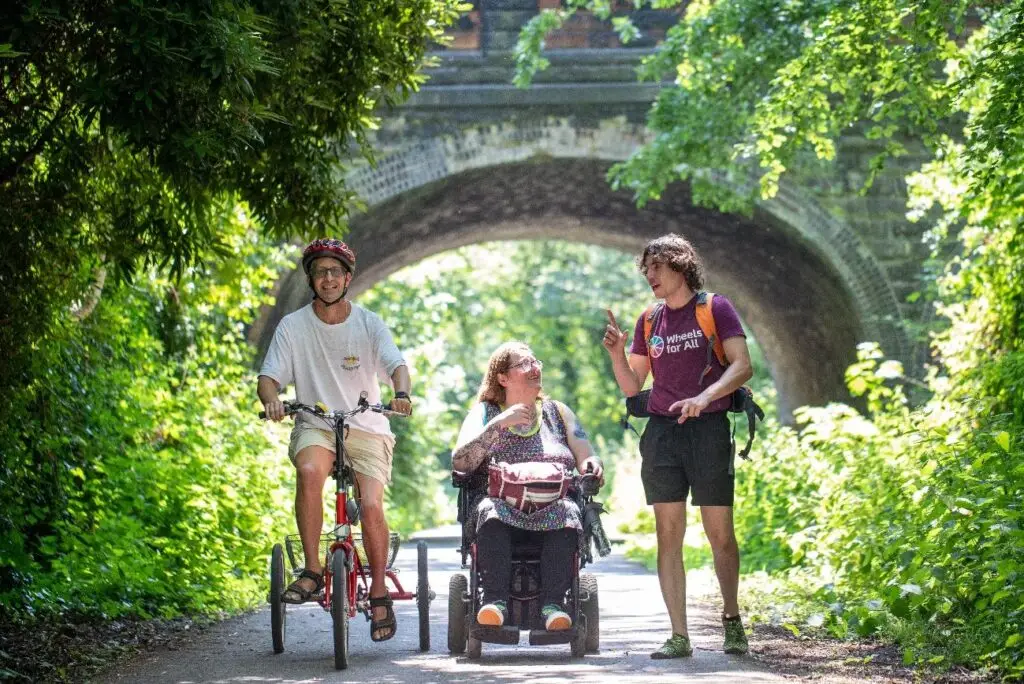The Liverpool City Region is set to receive a significant investment aimed at upgrading its walking and cycling infrastructure. Liverpool Metro Mayor, Steve Rotheram, has revealed plans to allocate over £57m to various projects across the region to improve safe and accessible travel for everyone.
Planned Investments and Projects
The funding is earmarked for several key initiatives encompassing active travel, highways, and regeneration projects. The aim is to support sustainable transport, boost employment, and accommodate new housing developments in areas such as Southport, Birkenhead, St Helens, and Kirkby.
Of the total funding, £22.3m will be directed towards the Birkenhead Central Gateway project. This scheme aims to create hundreds of new homes and retail spaces by enhancing walking and cycling links.
Key Areas of Development
Southport will benefit significantly with £18.8m allocated to improve connectivity east of the town centre. The initiatives include a new cycleway at Foul Lane and safety improvements around Kew roundabout.
For St Helens, £10m is designated for developing active travel routes to serve the forthcoming residential and commercial area at Cowley Hill. Moreover, £2m is planned to regenerate St Helens town centre, focusing on improving the Peasley Cross junction.
Cycling and Walking Routes Expansion
The East Lancashire Road and junction four of the M57 will see improvements worth £4.5m. This will involve building cycle lanes and widening footpaths to facilitate safer travel.
Additionally, up to £96m is committed to developing active travel links for the new Liverpool Baltic rail station, scheduled to open in 2027. This station will serve one of the region’s fastest-growing areas and will feature secure cycle parking and enhanced accessibility.
As part of the broader objectives, the region aims to deliver a 600km network of walking and cycling routes. By the end of 2026, over 260km of these routes are expected to be completed.
Strategic Funding and Goals
Investment for these projects comes from the City Region Sustainable Transport Settlement (CRSTS), a fund totalling £710m allocated for significant transport infrastructure across the Liverpool City Region.
Subject to approval at the upcoming combined authority meeting, construction on the first series of schemes is expected to commence later this year. This is part of the ongoing efforts to make the region more interconnected and sustainable.
Leadership Vision
Steve Rotheram emphasized that investing in safe, accessible walking and cycling routes is crucial for the region’s transformation. He stated, “We’re accelerating with a £57m funding package, building on the significant progress we’ve already made.” Rotheram believes these efforts not only connect communities and boost economic growth but also improve the overall quality of life.
Simon O’Brien, the Liverpool City Region Cycling and Walking Commissioner, also highlighted the importance of such investments. He mentioned, “Projects like these give us an amazing opportunity to help change the way we think about travelling around our local area.”
Long-term Impact
The new investments are part of a comprehensive plan to establish a world-class transport system in the region. The ultimate goal is to foster a healthier, greener, and better-connected future. The improvements will significantly contribute to reducing carbon emissions, promoting healthier lifestyles, and linking communities.
By facilitating easier access to walking and cycling routes, the projects aim to reduce congestion, lower pollution levels, and offer safer travel alternatives. This strategic investment forms a cornerstone of the broader ambition to make the Liverpool City Region a model of sustainable transport and environmental stewardship.
Timeline and Implementation
Construction work on the initial schemes is slated to begin later this year, marking the commencement of numerous projects detailed in the £57m funding package.
The anticipated completion of the new walking and cycling routes is set for 2026. By then, substantial progress will have been made in connecting various parts of the region through these enhanced pathways, setting a precedent for future infrastructure developments.
This substantial investment in walking and cycling infrastructure promises to bring long-lasting benefits to the Liverpool City Region. By prioritising sustainable transport, the combined authority aims to foster a healthier environment and more connected communities.
As the construction work begins, the region looks forward to a future where active travel is safe, accessible, and integral to everyday life. This funding not only supports the immediate needs but also sets the foundation for a sustainable and prosperous future.


